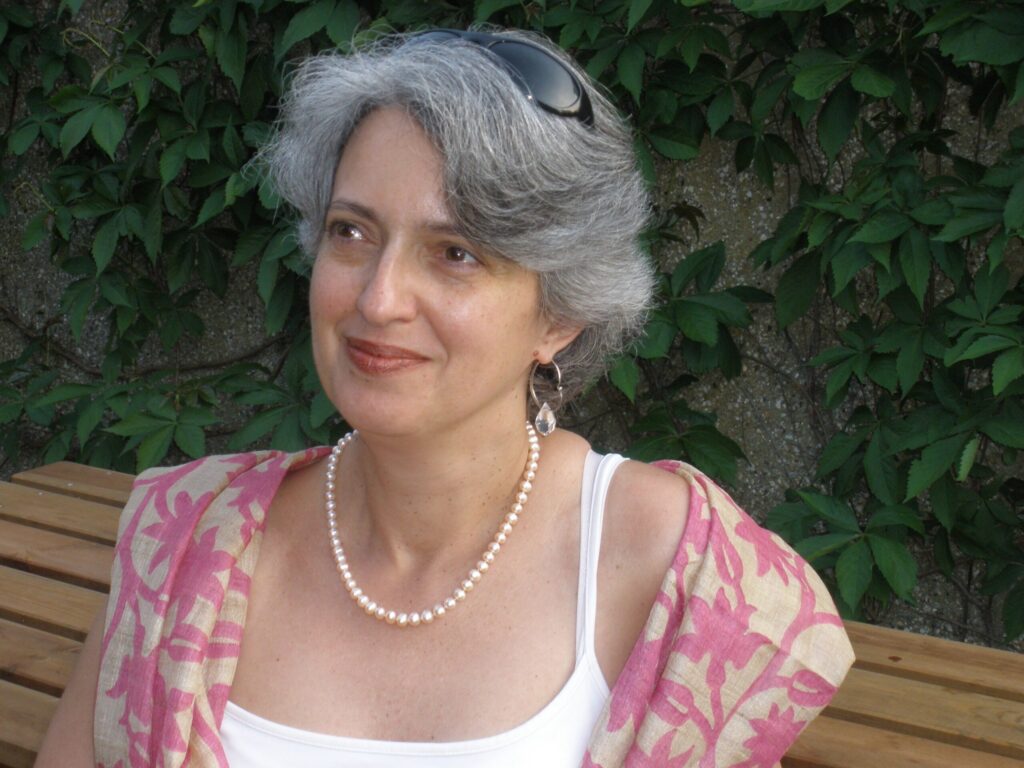October 15, 2014
I visited a small primary school in mid September and, even though I had been to this school before, felt uplifted by the experience. As I write this in mid-October, I notice that this is one of a handful of schools mentioned in a recent report on leadership for outstanding primary schools, published by the National College for Teaching & Leadership (https://www.gov.uk/government/uploads/system/uploads/attachment_data/file/363794/RR374A_-_Outstanding_primaries_final_report.pdf).
One of the things I’ve always loved about this school is the strong sense of community, arguably easier to achieve in a small school, but definitely not due to happenstance. The school works hard at this, believes the community becomes stronger when everyone contributes, and enjoys an international reputation for its approach to democracy. Here they hold mixed stage circle meetings once a week, facilitated and documented by pupils in year 6, involving all children in the school. Held as an alternative to the more conventional school council meetings, this whole school approach gives everyone an opportunity to have their voice heard and to share in decision making.
The school is also well known for its commitment to putting Learning without Limits (Hart et al, Oxford University Press, 2004) into practice. Children are not labelled by perceived ability here. Instead, teaching and learning are organised in a way which puts children, and the choices they make, at the centre of their own learning.
Everyone is a learner in this school, adults and children alike, and staff know it is important for young people to see learning as a normal part of life that goes on way beyond school. Four members of staff are currently involved in Masters level study and the school supports them (time off and financed).
This time I was shown around the school by a pupil from year 6, to whom the head teacher gave her entire bunch of keys in a gesture of remarkable trust. (I could not help remembering, in contrast, my visit to a secondary school last year when I was originally told that a pupil would show me around but, in a last minute change of plan the assistant head came along too in an apparently spontaneous decision to supervise the tour.) Trust features highly in this school. Children self-issue library books or can borrow headphones to download a story and listen during playtime, and are trusted to return them. The school has found that they lose fewer resources this way, than when they had strict monitoring systems for loan and return.
My young guide took me around the school explaining everything in great detail, sounding proud and excited about his school. We walked past many imaginative and colourful displays and he made a special point of stopping in the year 2 classroom, by a display which included photos of what looked like real fire. My guide told me that every year children in year 2 build a model of 17th century London and then set fire to it, as part of their learning about the Great Fire of London.
The school takes health and safety very seriously and at the same time recognises the learning value of activities not ordinarily seen in schools. All pupils take part in Forest School once a week, where young people are actively involved in monitoring everyone’s safety.
Your email will not be displayed on comments



